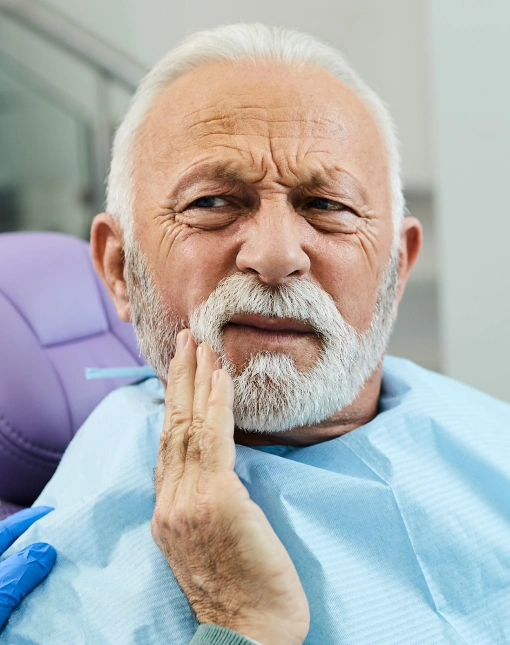
Tooth Extractions in Los Angeles, CA
At Westwood Dental Esthetics, we always prioritize saving your natural teeth whenever possible. However, in some situations, removing a tooth is the best choice for protecting your overall oral health. We understand that extractions can feel intimidating, which is why we focus on providing a calm, comfortable, and stress-free experience.
Whether your tooth needs to be removed because of severe decay, damage, or overcrowding, our compassionate team will guide you through every step of the process. From simple extractions to impacted wisdom teeth removal, we ensure your treatment is safe, gentle, and tailored to your needs.
How We Handle Tooth Extraction
Your comfort and safety are always our top priorities. Before any procedure, our experienced dental team will thoroughly examine your teeth, discuss all available treatment options, and answer any questions you may have. We’ll also provide clear, step-by-step instructions for before and after your procedure—so you can feel fully informed, confident, and ready for care.
What to Expect During the Procedure
We take every step to ensure your comfort throughout the extraction process. Here’s what you can typically expect:
- Numbing the Area: We begin by gently numbing the area with local anesthesia to ensure you remain completely comfortable and pain-free during the procedure.
- Tooth Removal: The dentist will carefully extract the tooth. If it’s impacted or more difficult to access, a minor surgical approach may be used to remove it safely.
- Stitches (If Needed): In some cases, stitches are placed to support proper healing. These may dissolve naturally or be removed during a follow-up visit.
- Recovery and Aftercare: You’ll receive clear, easy-to-follow instructions for managing any post-treatment discomfort and caring for the extraction site. Our team is always available to answer questions and support you throughout your recovery.
